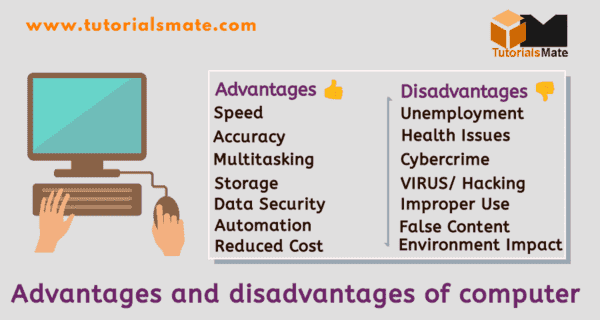- Betts M. (1987) ‘A co-ordinated system of information retrieval for building contractors tendering’ in Brandon P. (ed.) Building Cost Modelling and Computers E. & F.N. SponGoogle Scholar
- Brandon P. (1987) (ed.) Building Cost Modelling and Computers E.& F.N. SponGoogle Scholar
- Budgett H. (1987) ‘What every desktop publisher should know’ Personal Computer World August 1987 pp. 146–150Google Scholar
- Cooke B. and Balakrishnan S.V. (1985) Computer spreadsheet applications in building and surveying MacmillanGoogle Scholar
- Ellis C. (1986) ‘M and E computer spreadsheets’ Chartered Quantity Surveyor January 1986 pp. 10–11Google Scholar
- Hares J. (1988) ‘Tapping the trends’ Infomatics February 1988 pp. 68–70Google Scholar
- Hawkins P. and Massey R. (1985) Spreadsheet examples Trent Polytechnic Department of SurveyingGoogle Scholar
- Hunt G. (1986) ‘Micronotes: The enormous abstract sheet’ Chartered Quantity Surveyor February 1986 p. 15Google Scholar
- Ince D. (1988) ‘Defining The Object’ Infomatics July 1988 pp. 66–71Google Scholar
- Infomatics (1988) ‘Survey of relational databases’ Infomatics February 1988 pp. 74–78Google Scholar
- McDonagh N.H. and Daly J.P. (1987) ‘Cost management of construction projects’ in Brandon P. (ed.) Building Cost Modelling and Computers E. & F.N. SponGoogle Scholar
- PMA Consultants (1979) Relevance of information syntax to computer data structures PSA Directorate of Architectural Services Data Co-ordination BranchGoogle Scholar
- Reed D. (1987) ‘Playing the fourth generation game’ Infomatics October 1987 pp. 57–60Google Scholar
- Reis G. (1984) ‘All you wanted to know about word processing but were afraid to ask’ Construction Computing April 1984 p. 4Google Scholar
- Smith J. (1986) ‘Measuring quantities with the aid of a computer spreadsheet’ Construction Computing Autumn 1986 pp. 21–23Google Scholar
- Weber J. (1987) ‘Working to rule’ Personal Computer World June 1987 pp. 130–133Google Scholar
- Williams G.R. (1987) ‘The development of a spreadsheet application for the cost modelling of buildings during the early design stages’ in Brandon P.S. (ed.) Building Cost Modelling and Computers E. & F.N. SponGoogle Scholar
Advantages And Disadvantages Of General Purpose Software Engineering



Advantages And Disadvantages Of General Purpose Software Technology
AdvantagesIt is very popular because it is usually relatively cheap, well tested, and has wide support (e.g. Easy to use manuals and tutorials).General purpose software is not specific to a. The two advantages of general purpose software is that it is easy to use and it is compatible with most systems. General purpose software is not limited to. Examples of general purpose software include, word applications, databases, spreadsheet software, Web design and drawing and photo editing programs. Nov 30, 2018 Advantages And Disadvantages Of General Purpose Application Software Lower costs SaaS has a differential regarding costs since it usually resides in a shared or multitenant environment where the hardware and software license costs are low compared with the traditional model.